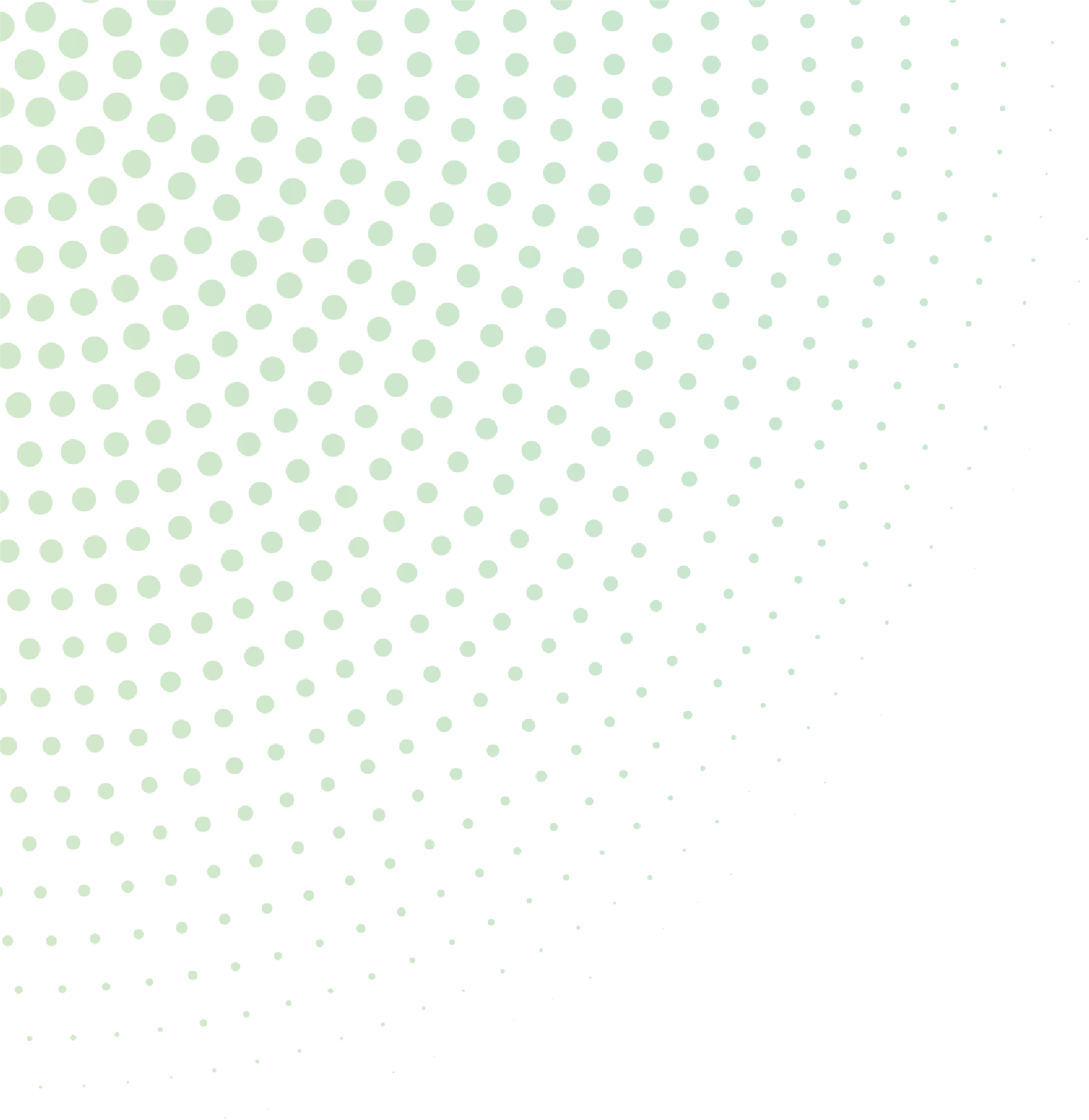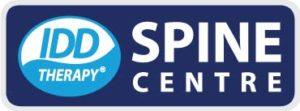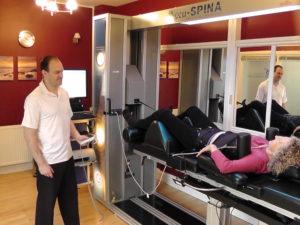Trapped Nerve Sciatica Coventry: IDD Therapy, Shockwave,Laser Pain Relief.


Proven, Safe,Non-Surgical Non-Invasive (no injections) Spinal Decompression IDD Therapy. IDD Therapy can provide an alternative solution in the conservative management of spine conditions and injuries including sciatica, trapped nerve, herniated disc, also referred to as slipped discs. Utilising this well researched Non-Surgical Non-Invasive approach helps to reduce pain and increase mobility of the affected areas of the spine.
Specialists at Central Chiropractic and Physiotherapy Clinic use the latest treatment modalities such as Shockwave Therapy, IDD Spinal Therapy and Low Level Laser Therapy which help to accelerate the recovery and healing process within the tissues, leading to a significant reduction in pain, inflammation as well as an increase in mobility of the joints.
Low Back Pain
Eighty percent of people suffer from back pain at some point in their lives. Back pain is the second most common reason for a visit to the doctors. In fact, it is estimated that low back pain affects more than half of the adult population each year and more than 15% of all people experience frequent bouts of low back pain.

Videos of IDD Therapy which may be of interest.
Neck pain
http://www.youtube.com/watch?v=KNhnvWoic7g&feature=related
Back Pain
http://www.youtube.com/watch?v=qcEEJTcy3Sg
The susceptibility of the low back to injury and pain is due to the fact that the low back, like the neck, is an unstable part of the spine, unlike the thoracic spine, which is supported by the rib cage. This instability allows us to have a great deal of mobility to touch our toes, tie our shoes or pick something up from ground level, but at the cost of increased risk of injury.
The low back can withstand tremendous forces as long as it is healthy and functioning correctly. However, if the low back is out of alignment or has weakened supporting muscles, something as simple as putting a bag or suit case in and out of the boot of a car, picking something up off the floor, or simply bending down can cause a low back injury.
Studies have shown that when back pain is not treated, it may go away temporarily, and is very likely to return. The importance of taking low back pain seriously cannot be stressed enough.
The Causes of Low Back Pain
Sprained ligaments, strained muscles, ruptured discs, trigger points and inflamed joints are some of the different conditions that can result in low back pain. Although sports injuries or accidents can lead to injury and pain, sometimes even the simplest movements, like picking up a pencil from the floor, can have painful results. In addition, conditions such as poor posture, stress, arthritis, kidney stones and kidney infections, can be the cause of low back pain.
There may be many other things that can cause low back pain, and some of those things can be serious if left untreated. Chiropractors are the experts in diagnosing the cause and determining a proper course of treatment for low back pain.
Anatomy of the spine
The spinal column consists of 33 vertebrae, the sacrum and the coccyx. The spine is then divided into different regions ie. The cervical region (the neck) has 7 vertebrae, the thoracic (mid back) has 12 and the Lumbar (low back) has 5. The sacrum has 5 fused segments and the coccyx generally has 4 fused segments. The discs in between the vertebrae account for about 1/3 of the total length of the spine. The discs are there to:
- 1) Act as shock absorbers to combat the stress and strain the back experiences on a daily basis
- 2) Allow the spine to move in an articulated way.
- 3) Separate the vertebrae and offer support for the body
Facet Joints and Weight Bearing Activity
The facet joints vary in size, shape and angle throughout the spine. The facet joints allow the vertebrae to stack up on top of each other, which helps stop the vertebrae from shearing forwards on each other. Obviously the main body of the vertebrae accounts for a lot of the weight bearing activity of the spine, but the facet joints do perform a weight bearing function too.
Causes of back pain
Muscles Ligaments and Soft Tissues
Among the many causes of back pain, the most common by far is a sprain or strain of muscles or ligaments. Muscle spasm can occur after twisting or bending awkwardly, or from a simple sneeze or cough. The majority of muscle spasms tend to get better over time. Severe cases of muscle spasm are treated with medication, physical therapy and cold laser therapy; see our cold laser therapy section under “Treatments”.
Facet Joint
Facet joint irritation is another cause of back pain. Facet joints are small pairs of joints on the back of the spinal column where the vertebrae meet. Facet joints provide stability to the spine by interlocking two adjacent vertebrae. Facet joints also allow the spine to bend forward (flexion), bend backward (extension) and twist.
Inflammation of facet joints can occur from injuries, excessive stress put on the spine or some forms of arthritis. Facet joint problems are functional problems and would not be visualised on x-rays or MRI scans.
Trigger Points
Trigger points are tender, sensitive areas that when pressed, stuck, heated or cooled can be exquisitely painful. You may first discover trigger points when you are surprised by someone pressing a seemingly pain-free area. Trigger point pain may also be referred to other areas of the body. Trigger points are common in chronic muscle spasm, myalgia, myositis, fibrositis, strain and sprain, and other muscle and joint problems.
More invasive treatment
Steroid injections. In some cases, doctors may inject corticosteroid medication into the affected area. Corticosteroids mimic the effects of the hormones cortisone and hydrocortisone, which are made by the outer layer (cortex) of your adrenal glands; Corticosteroids suppress inflammation around the irritated facet thus giving pain relief.
Their usefulness in treating sciatica remains a matter of debate. Some research has found that corticosteroids can provide short-term symptom relief, but that these medications aren’t necessarily a long-term solution. In addition, corticosteroids can have side effects, so the number of injections you can receive is limited usually no more than four per joint.
Surgery
Surgery is not normally required for this condition.
(Always get a second opinion).
Helping Prevent Facet Sprain/Strain and Lower Back Pain
Exercise regularly.
This is the most important thing you can do for your overall health as well as for your back. Pay attention to your core muscles the muscles in your abdomen and lower back that are essential for proper posture and alignment. For cardiovascular benefits, try using an exercise bike, treadmill or even swimming.
Maintain proper posture when you sit.
A good chair should comfortably support your hips, and the seat should not press on the back of your thighs or knees. If the chair does not support the natural curve in your lower spine, place a rolled towel or pillow behind your back.
When working at a computer, adjust your chair so that your feet are flat on the floor and your arms rest on your desk or the chair’s arms, with your elbows bent at a right angle. Take frequent breaks every 20 minutes, even if it’s just to walk around your office a little stretching will also help.
Driving
Before setting off adjust your seat to keep your knees and hips level, and move the seat forward to avoid overreaching for the pedals.\r\n\r\n
Consider using body mechanics.
Being aware of how you stand and lift heavy objects and even how you sleep can go a long way toward keeping your back healthy. That’s because poor posture stresses your back, leading to fatigue and stress on joints and nerves. Always hold reading material at eye level instead of bending forward and if you’re standing for long periods rest one foot on a raised object about the height of a foot stool.
Before you lift something heavy, decide where you’ll place it and how you’ll get it from A to B. Bend at your knees, not your back, so that your legs do the lifting. Carry objects close to your body at about waist level. If possible, set the object down on a surface between shoulder and knee height to avoid lifting objects over your head or bending over too far. Don’t twist at your waist. Instead turn by pivoting your feet.
Be careful moving heavy things when you become tired, Tiredness can cause you to move more awkwardly than normal. Heavy loads are the greatest risk to your spine, so know your limitations. Don’t attempt to lift something that is beyond your normal ability.
Further Tips On Preventing Facet Sprain/Strain and Lower Back Pain:
- Cold packs. Initially, using cold packs may be able to reduce inflammation and relieve discomfort. Wrap an ice pack in a thin towel and apply to the painful areas for 15 to 20 minutes at least 6-8 times daily.
- Stretching. Stretching exercises for your low back can help you feel better and may help relieve nerve root compression. Avoid any sudden movements or twisting during the stretch and try to hold the stretch as long as possible. Around 40 seconds per stretch if possible.
- Medications. Pain killers (analgesics) fall into two categories those that reduce pain and inflammation and those that only treat pain. Non-steroidal anti-inflammatory drugs (NSAIDs), such as ibuprofen, and acetaminophen (Tylenol) can help reduce inflammation. Although they provide real relief, both types of medication have a limit to how much pain they can reduce. If you have moderate to severe pain, exceeding the recommended dosage will not provide any additional benefits. In addition NSAIDs can cause side effects such as nausea, stomach bleeding or ulcers, and acetaminophen can cause liver problems. If you’re using these medications, you should talk to your GP so that you can be monitored for any arising problems.
Periodically reassess whether you still need drug treatment or not. Exercise, stretching, massage and other none drug treatments can often provide the same benefits without side effects.
- Regular exercise. It may seem counter-intuitive to exercise when you’re in pain, but regular exercise is one of the best ways to combat chronic discomfort. Exercise prompts your body to release endorphins chemicals that prevent pain signals from reaching your brain. Exercise in moderation, this will obviously depend on the severity of your condition, how long it’s been there, your age etc.
Later, as you improve and the pain becomes less, combining aerobic activity with strength training and core stability exercises this will improve the strength of your back muscles can help limit the effects of degenerative changes in your spine. Start out slowly and progress to at least 45 minutes every day to prevent further injury, learn proper lifting techniques.

 02476 222 002
02476 222 002







